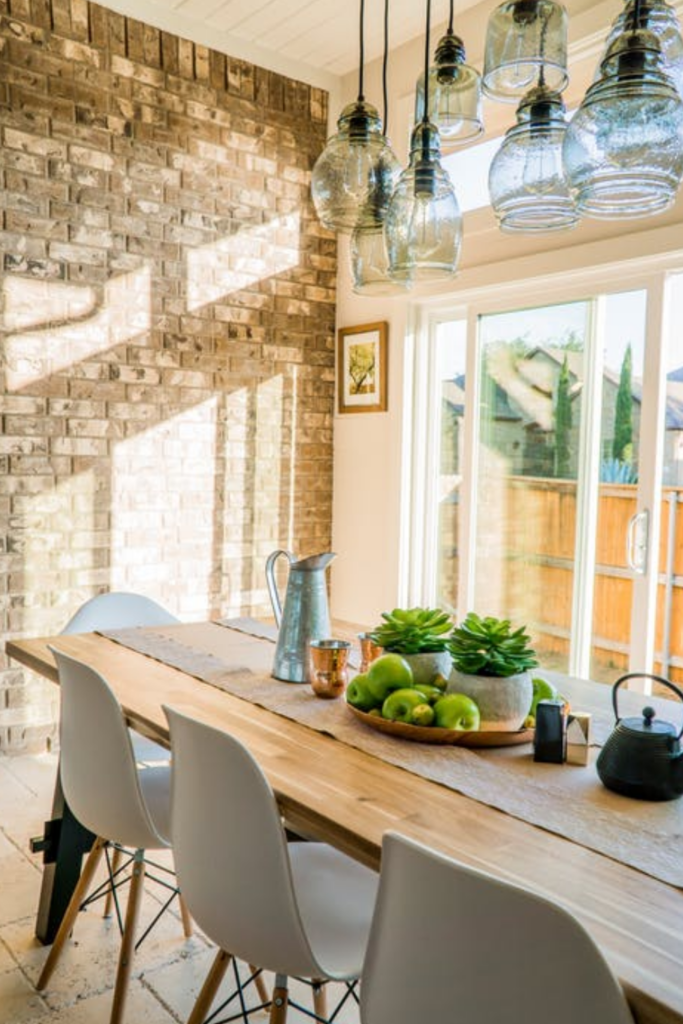Resource-efficient homes, smart homes and certified homes. What are the main typical differences between them? How to know which one would best satisfy your needs? Read the article, and we’re sure you will find the right answer!
If you find yourself at the beginning of building your own house and are thinking of implementing a sustainable lifestyle. Then congratulations! Earth is already a better place because of you. However, in terms of sustainable living, we know three different types of homes:


Resource-efficient home
What are the properties of resource-efficient homes?
Resource-efficient homes
With living in a resource-efficient home, you will save money on operational costs by using resources, such as energy and water more economically. The house still provides with a comfortable and healthful living environment for the residents. At the same time helps to keep the whole household environmentally friendly.
Modern high-energy-efficient houses are interdisciplinary planned facilities that combine architectural and construction knowledge and technological development. Typically, resource-efficient homes are made from low embodied energy building materials. Originally from sustainable means and contain no harmful substances or off-gassing volatile organic compounds (VOCs). Careful planning of the building as a whole, with all its elements and components, is necessary to provide a home with high living comfort and minimal energy consumption.
This fact is also reflected in the technical guidelines and legislation. According to the European directive on the energy performance of buildings, from 2020 all buildings will have to meet the requirements of a near-zero-energy building. It is defined as a building with very high energy efficiency. The minimum amount of energy required for operation and a high share of renewable energy to provide the necessary amount of power for operation.
There are five fundamental pillars of a resource-efficient homes:
- Thermal Wrap. The thermal wrap of a house is like a man’s suit protecting us from the weather: Cold, summer heat, wind and rain. The basis is a suitably insulated thermal blanket, suitable for achieving the desired class of energy efficiency and high living comfort. Of course, we must add to this the adequately designed and later executed details.
- Joinery. Today, we spend more and more time indoors, so when planning a home, it is crucial to provide you with pleasantly bright living spaces. However, with large glass surfaces, we not only offer bright areas but in this way we can also use free solar energy for passive space heating in winter.
- Ventilation System. A ventilation system with air heat recovery will become an almost mandatory component of all houses to achieve the energy efficiency of a nearly zero-energy building.
- Heating System. To cover the minimum energy needs for heating, surface heating appliances can be installed into floor, ceiling or walls.
- Solar Energy. Free solar energy can be harnessed significantly better than just passively heating a building through glass surfaces. In recent years, with the rapid development of solar power plants, inexhaustible and free solar energy has become increasingly used to generate electricity. (How to get a competing solar energy quotes)
Solar-powered house.
Smart Homes
The smart home is a house or an apartment, in which the electrical appliances, such as lights, heating, air conditioners, computers, televisions, Hi-Fi devices and surveillance cameras can be operated remotely, by using a smartphone, a tablet or a laptop. We can monitor them even from a distance. Therefore it is a perfect equipment to use while we are relaxing on the holidays.
Smart homes can also increase efficiency, safety and comfort within the house and help its occupants to manage the household better. They can help us to reduce our carbon footprint, with controlling things such as:
- Water conservation.
- Power usage.
- Education of the family about environmental awareness.
If you want to know more about Smart:
Certified Homes
Certified homes are a relatively new phenomenon on the market, introduced to the market by companies, such as ENERGY STAR®. A Leadership in Energy and Environmental Design (LEED) of the U.S. Green Building Council, and the National Green Building Standard (NGBS) of the National Association of Homebuilders.
Certified homes are a significant investment into a sustainable lifestyle since they are more energy-efficient than typical new constructions. They are designed and built to high standards. Before acquiring the certification, the home will undergo a particular procedure of inspections, tests and other verification. They are built better from the ground up and provide with an Earth-friendly living. If you decide on purchasing a certified home, you will be assured with credibility because independent raters will have verified the quality and resource-efficiency.
Many windows serve as a source of solar heating, too.
Advantages of certified homes.
You can forget about the dilemma of trusting big real estate agencies about the green features of the home. With that being said, it is probably the best decision in terms of purchasing a healthy and friendly home for you and your family! These are just a few advantages of certified homes:
- Affordable price. Since the certificates are a relatively new innovation and therefore haven’t been on demand for a long time, it will take some time before people develop a broader understanding of them. Consequently, it is smart to invest today before the substantial price increase.
- Trust-worthy choice. For people looking to live in an eco-friendly home, it is much safer to buy a certified household, because the certificates themselves are solid proof of home energy’s efficiency.
- Effective insulation. It guarantees a properly installed and inspected insulation in floors, walls, and attics ensures even temperatures throughout the house.
- High-performance windows. Certified homes offer advanced technologies for windows, such as protective coatings and improved frames, to help keep heat in during winter and out during summer.
Which energy-efficient home is the best?
In a nutshell, any of the living as mentioned above styles will help you reduce your carbon footprint and make this planet a little cleaner. However, in a long-term, it is much more recommendable to aim for a certified home. Since it has already been rated by the independent raters. Therefore, you never have to worry about trusting different profit-oriented companies. Zero-energy building is the future, so make sure you will be a part of it!
READ ALSO:



